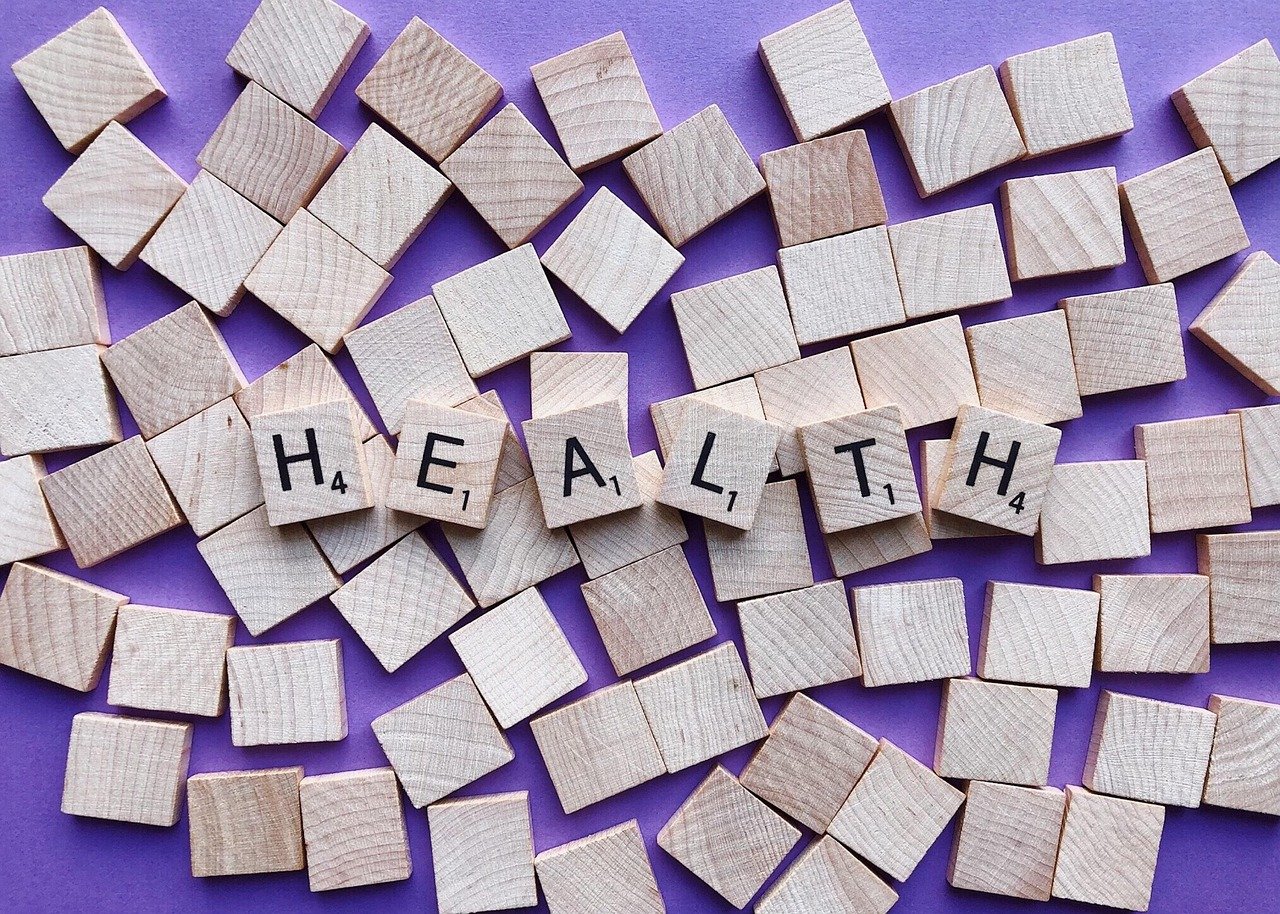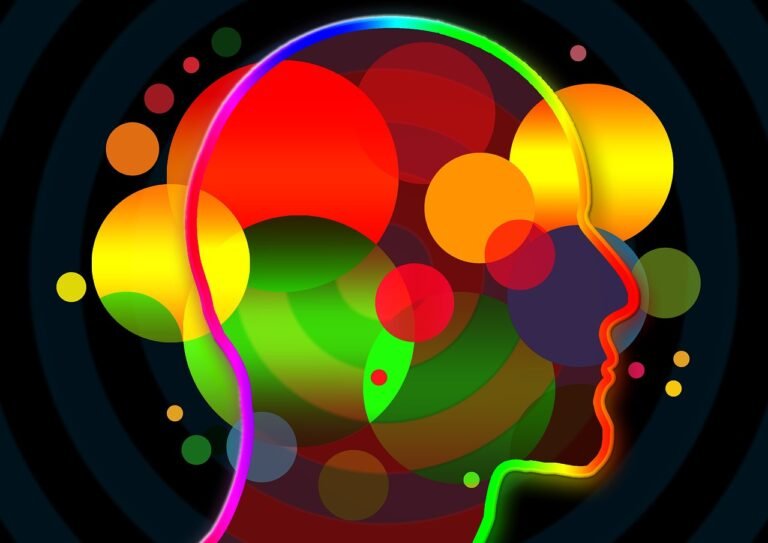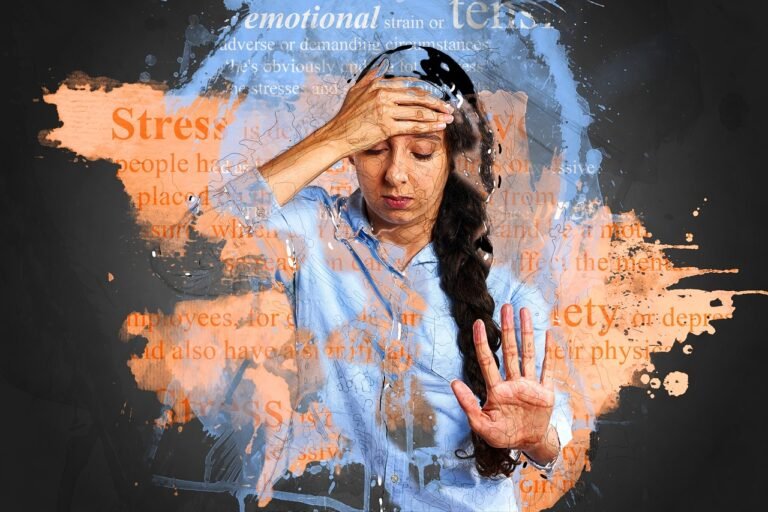The relationship between physical health and mental wellness is a dynamic and bidirectional one, where each aspect continuously influences the other. Scientific research consistently demonstrates that taking care of the body has a direct positive impact on the mind, and vice versa. Poor physical health can lead to mental health struggles, while chronic stress, anxiety, and depression can manifest as physical ailments. Understanding this connection is crucial for fostering a holistic approach to well-being.
This article explores the intricate link between physical and mental health, examining how exercise, nutrition, sleep, chronic illness, and lifestyle choices contribute to overall wellness. Additionally, we’ll discuss practical strategies to improve both physical and mental health simultaneously
1. How Physical Health Affects Mental Wellness
A. Exercise and Mental Health
Physical activity is one of the most effective ways to enhance mental well-being. When we exercise, our brain releases endorphins, serotonin, and dopamine—neurochemicals that act as natural mood lifters. Studies show that regular exercise can:
- Reduce symptoms of depression and anxiety
- Improve cognitive function and memory
- Lower stress levels by reducing cortisol (the stress hormone)
- Boost self-esteem and confidence
Even moderate activities like walking, yoga, or dancing can have profound effects on mental health. The mind-body connection is so strong that exercise is often prescribed as part of treatment for mild to moderate depression.
B. Sleep and Emotional Regulation
Sleep is essential for both physical recovery and mental clarity. Poor sleep quality or chronic sleep deprivation can lead to:
- Increased irritability and mood swings
- Higher risk of anxiety and depression
- Impaired decision-making and concentration
During deep sleep, the brain processes emotions and consolidates memories. Without adequate rest, emotional regulation becomes difficult, making individuals more prone to stress and negative thinking.
C. Nutrition and Brain Function
The gut is often called the “second brain” because of its strong connection to mental health. A diet rich in omega-3 fatty acids, antioxidants, vitamins, and minerals supports brain function, while processed foods and excessive sugar can worsen mood disorders.
- Omega-3s (found in fish, flaxseeds, and walnuts) help reduce inflammation and support neurotransmitter function.
- Probiotics (from yogurt, kefir, and fermented foods) improve gut health, which is linked to reduced anxiety and depression.
- Vitamin D deficiency is associated with seasonal affective disorder (SAD) and low mood.
D. Chronic Illness and Mental Health
People with chronic physical conditions (such as diabetes, heart disease, or autoimmune disorders) are at a higher risk of developing depression and anxiety. The stress of managing a long-term illness, pain, or disability can take a toll on mental well-being. Conversely, untreated mental health issues can worsen physical symptoms, creating a vicious cycle.
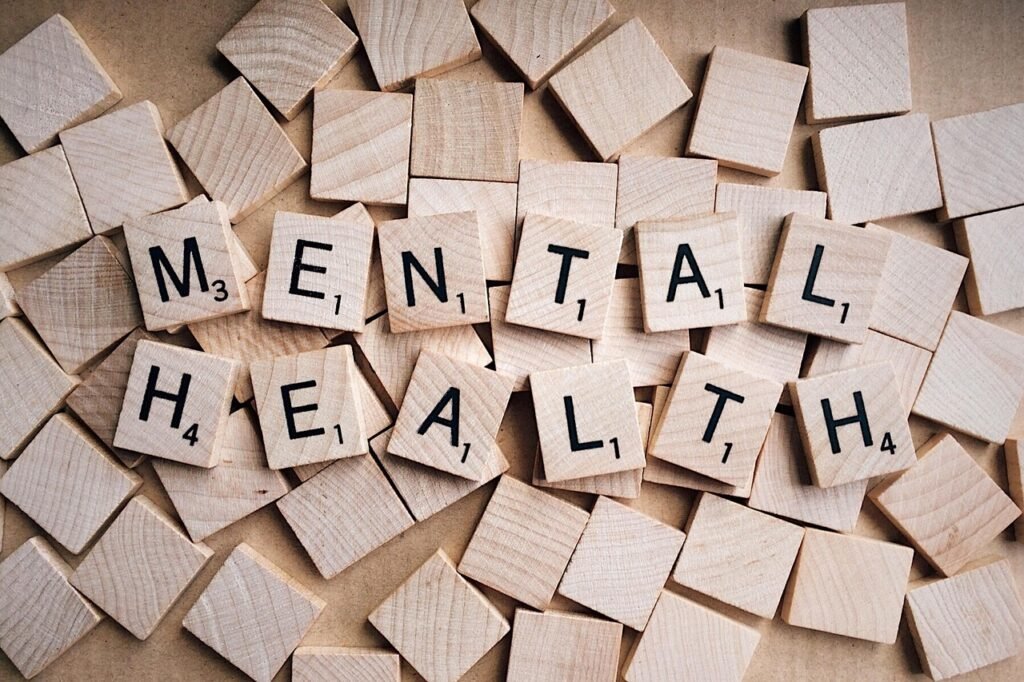
2. How Mental Wellness Affects Physical Health
A. Stress and the Body
Chronic stress triggers the fight-or-flight response, leading to prolonged cortisol release, which can:
- Weaken the immune system, making infections more likely
- Increase blood pressure and heart disease risk
- Contribute to digestive issues (e.g., IBS)
- Accelerate aging and inflammation
Mindfulness practices, therapy, and relaxation techniques can help mitigate these effects.
B. Depression and Physical Symptoms
Depression doesn’t just affect mood—it can cause:
- Chronic fatigue (even with sufficient sleep)
- Unexplained aches and pains
- Changes in appetite and weight
- Weakened immune response
These symptoms often make it harder for individuals to engage in healthy habits, further deteriorating physical health.
C. Anxiety and Cardiovascular Health
Anxiety disorders are linked to:
- Increased heart rate and palpitations
- Higher risk of hypertension
- Muscle tension and headaches
Long-term anxiety can contribute to serious conditions like heart disease if left unmanaged.
D. Psychosomatic Disorders
Sometimes, emotional distress manifests as physical pain—a phenomenon known as psychosomatic illness. Examples include:
- Tension headaches from stress
- Stomach ulcers exacerbated by anxiety
- Skin conditions (eczema, psoriasis) flaring up during emotional distress
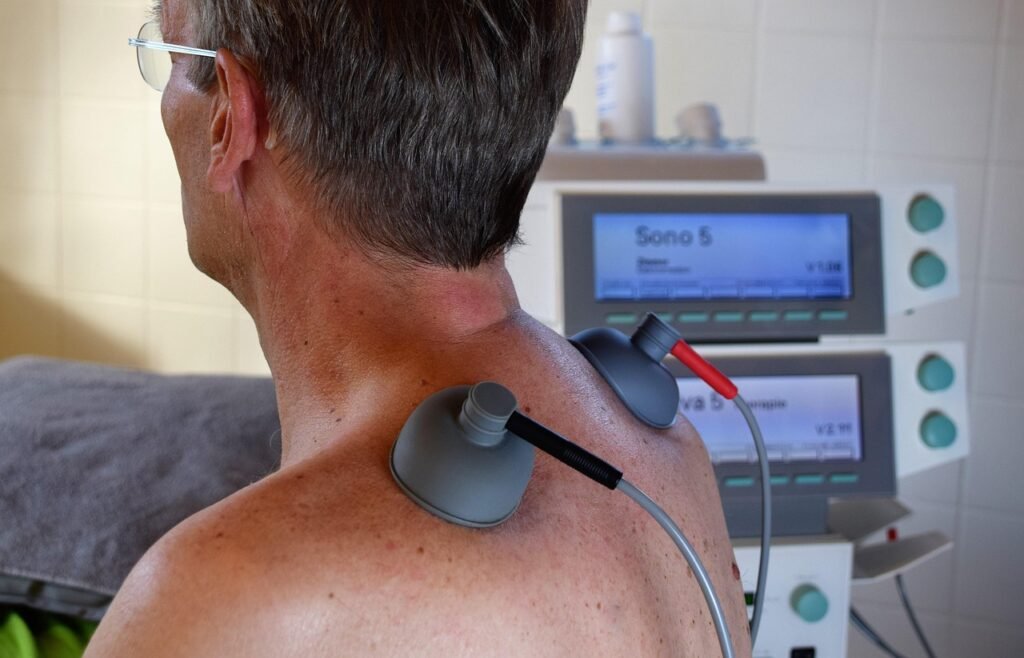
3. The Bidirectional Benefits of a Healthy Lifestyle
A. Exercise as a Mental Health Treatment
Many therapists recommend physical activity alongside traditional treatments like CBT (Cognitive Behavioral Therapy) or medication. Benefits include:
- Natural antidepressant effects from endorphin release
- Improved sleep quality
- Social interaction (in group sports or fitness classes)
B. Mind-Body Practices
Yoga, tai chi, and meditation bridge the gap between physical and mental wellness by:
- Reducing cortisol levels
- Enhancing mindfulness and emotional resilience
- Improving flexibility and circulation
C. Social Connection and Wellness
Loneliness and isolation worsen both mental and physical health. Engaging in group fitness, sports, or wellness communities can:
- Lower stress and depression
- Encourage accountability in health habits
- Provide emotional support
4. Practical Strategies for Improving Both Physical and Mental Health
A. Daily Movement
- 30 minutes of moderate exercise (walking, cycling, swimming)
- Strength training (improves mood and bone health)
- Stretching or yoga (reduces muscle tension and stress)
B. Balanced Nutrition
- Whole foods (fruits, vegetables, lean proteins, whole grains)
- Hydration (dehydration worsens fatigue and mood swings)
- Limiting processed sugars and caffeine (can increase anxiety)
C. Quality Sleep Hygiene
- Consistent sleep schedule (even on weekends)
- Screen-free wind-down routine (blue light disrupts melatonin)
- Relaxation techniques (deep breathing, meditation before bed)
D. Stress Management
- Mindfulness meditation (reduces anxiety and improves focus)
- Journaling (helps process emotions)
- Therapy or counseling (for chronic stress or depression)
E. Regular Health Check-ups
- Annual physical exams (monitor blood pressure, cholesterol, etc.)
- Mental health screenings (early intervention prevents worsening symptoms)
Conclusion
The link between physical health and mental wellness is undeniable. A holistic approach—incorporating exercise, nutrition, sleep, stress management, and social connection—can significantly enhance both body and mind. By recognizing this interplay, individuals can take proactive steps toward a healthier, happier life.

